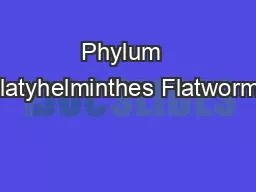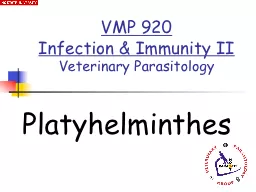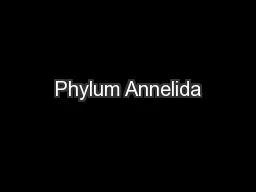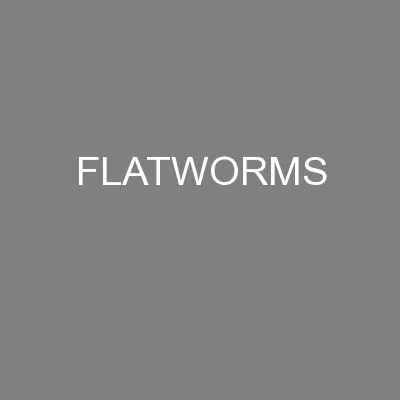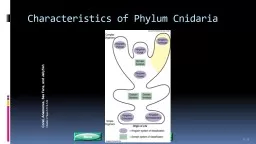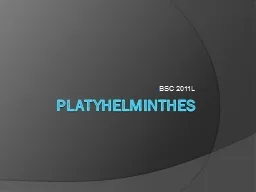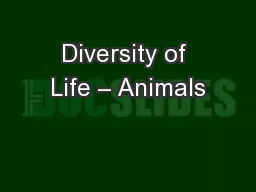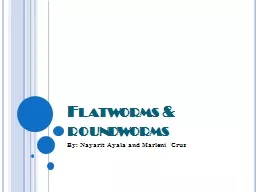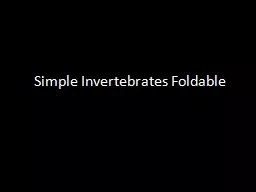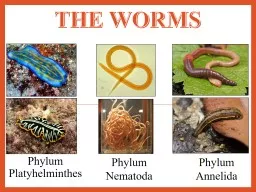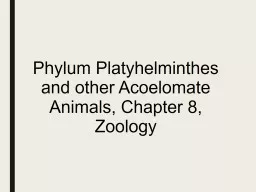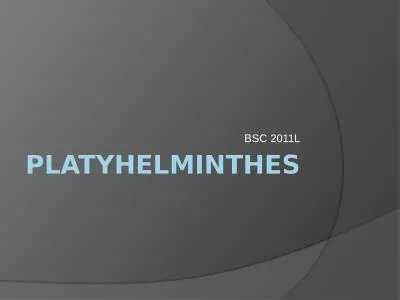PPT-Phylum Platyhelminthes Flatworms
Author : sportyinds | Published Date : 2020-06-16
Characteristics Unsegmented worms Simplest animals with Bilateral symmetry No specialized circulatory or respiratory system uses diffusion to transport oxygen
Presentation Embed Code
Download Presentation
Download Presentation The PPT/PDF document "Phylum Platyhelminthes Flatworms" is the property of its rightful owner. Permission is granted to download and print the materials on this website for personal, non-commercial use only, and to display it on your personal computer provided you do not modify the materials and that you retain all copyright notices contained in the materials. By downloading content from our website, you accept the terms of this agreement.
Phylum Platyhelminthes Flatworms: Transcript
Download Rules Of Document
"Phylum Platyhelminthes Flatworms"The content belongs to its owner. You may download and print it for personal use, without modification, and keep all copyright notices. By downloading, you agree to these terms.
Related Documents

